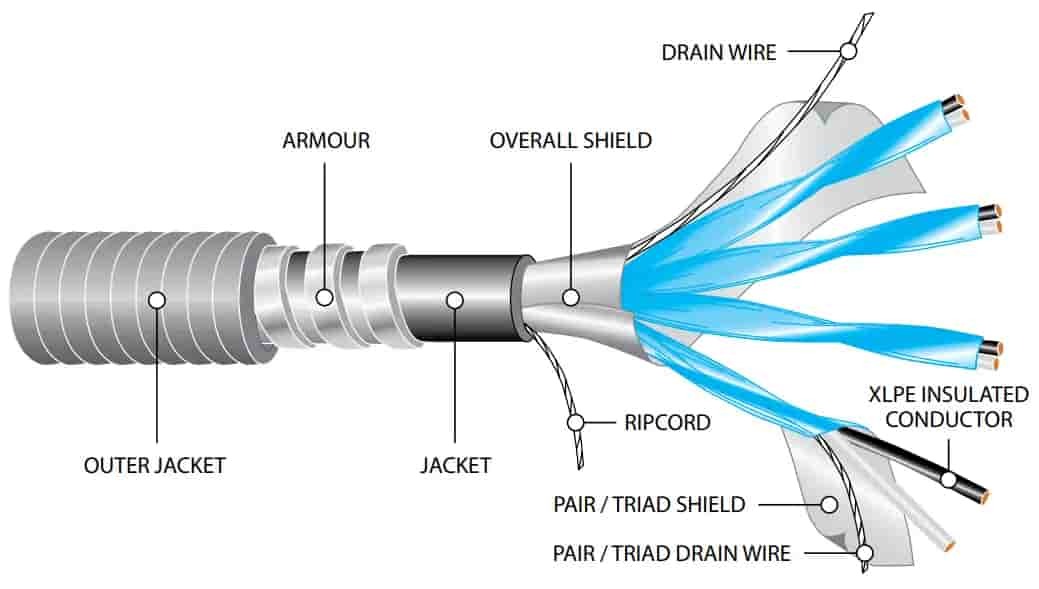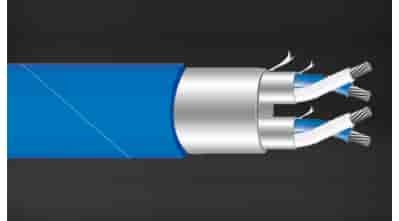What Is The Difference Between Power Cable and Instrument Cable?
 Sep 02,2024
Sep 02,2024

 Suke
Suke
What is a power cable? As the name defines, a power cable is used for higher voltage transmission in your home. Suppose you are powering a mixer then you must have seen that the cable size will be thicker and larger which is used to power the mixer. This is a power cable. What is an instrument cable? This type of cable is used for automation and instrumentation control. An instrument cable is thinner in size and can handle only a smaller amount of voltage and current typically up to 24 VDC and 20 milliamperes.

The following are six major differences between the power cable and the instrument cable:
1. Power cable is used for power transmission, distribution, overhead equipment, and other high-power applications whereas instrument cable is used for industrial automation and other signal control applications.
2. Power cables are used for energy transfer whereas instrument cables are used for signal transfer.
3. Since power cables are used in an active environment and transfer a high amount of energy, they call for excellent sheathing.
4. Power cables are thicker and have a larger conductor size 1.5 millimeters to 630 millimeters as compared to instrument cables. Half a millimeter to 1.5 millimeters.
5. Power cables do not require shielding as they do not transfer any signal as compared to instrument cables, which require shielding.
6. A single power cable mostly comes in a single core like the R phase has a single wire. The Y phase has a single wire, etc.


 Home
Home What Is High Temperature Resistant Cable?
What Is High Temperature Resistant Cable?  You May Also Like
You May Also Like

 Tel
Tel
 Email
Email
 Address
Address













